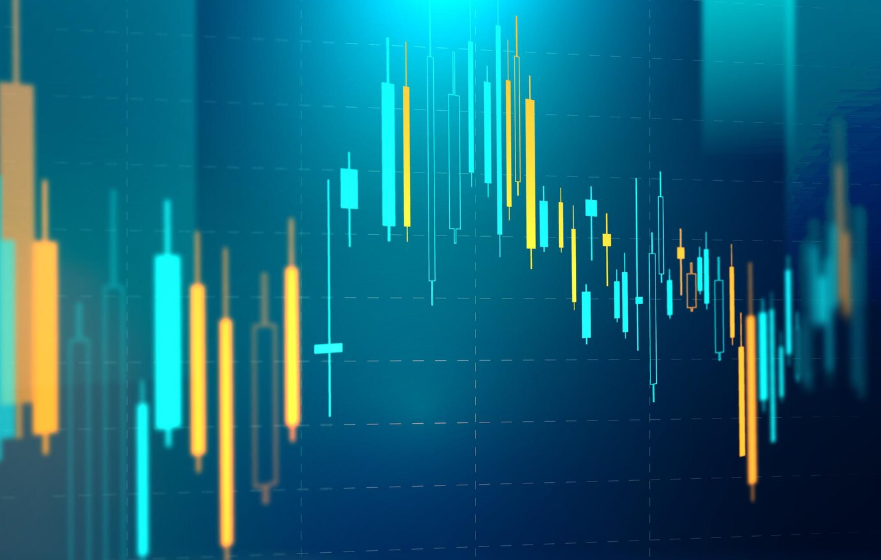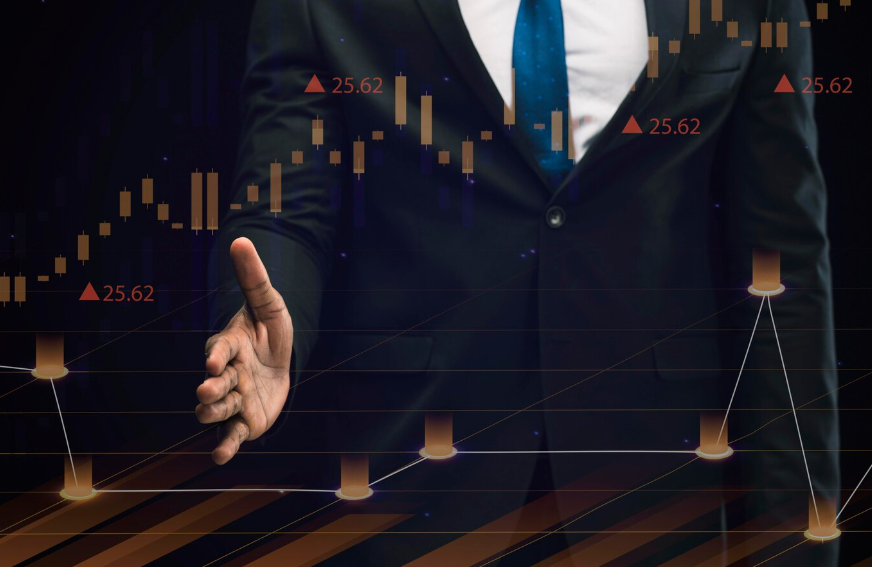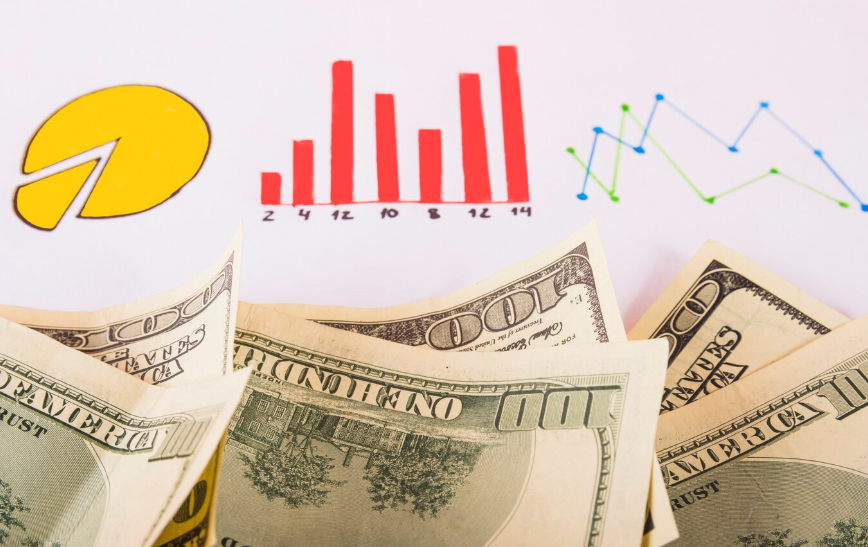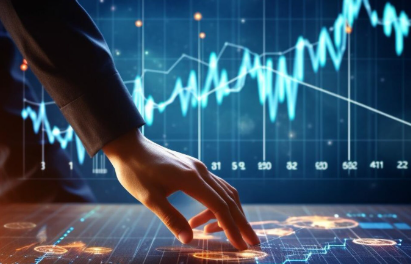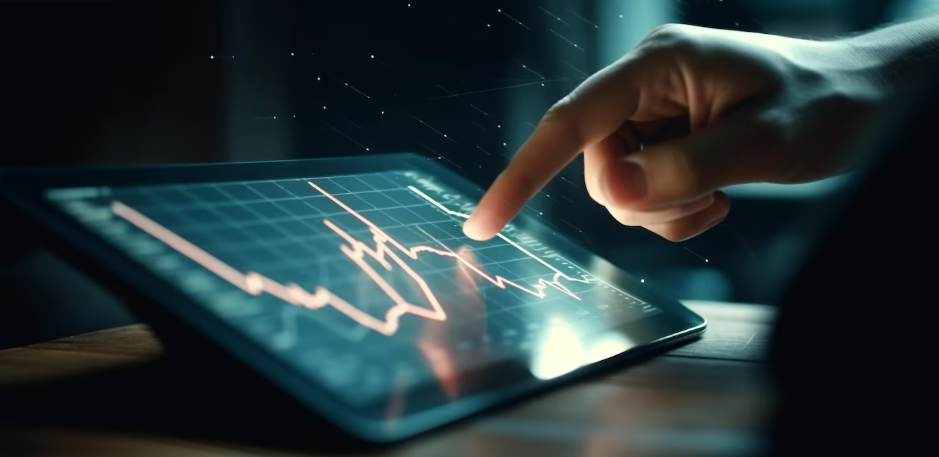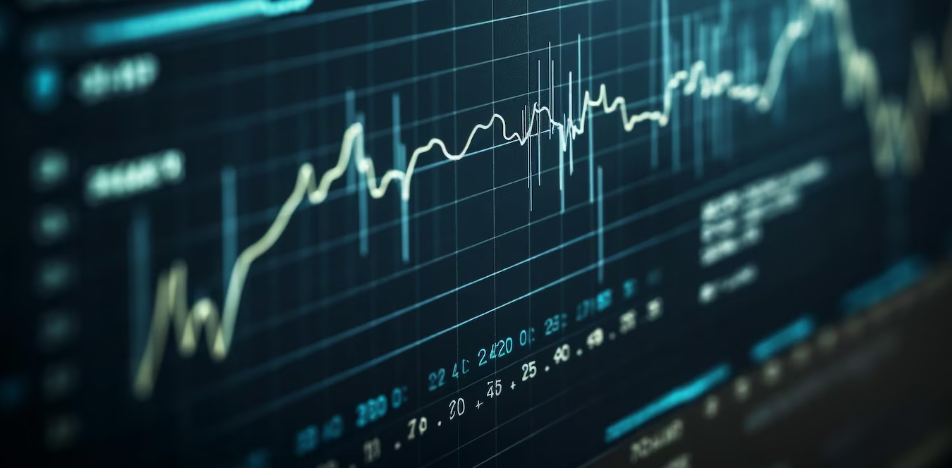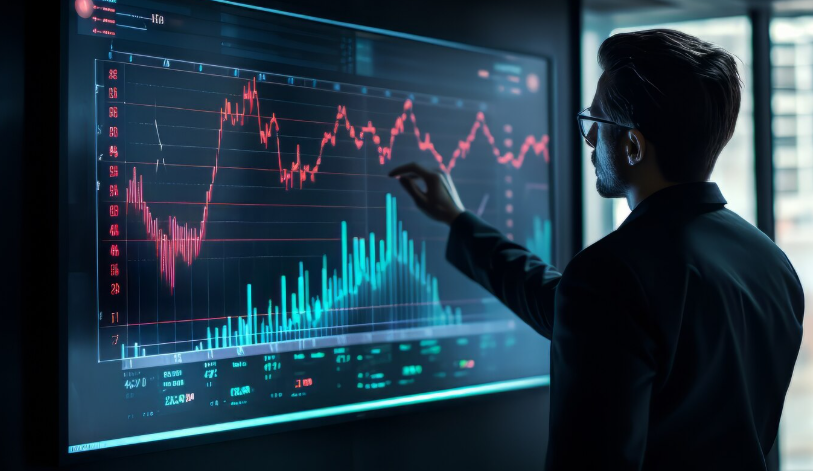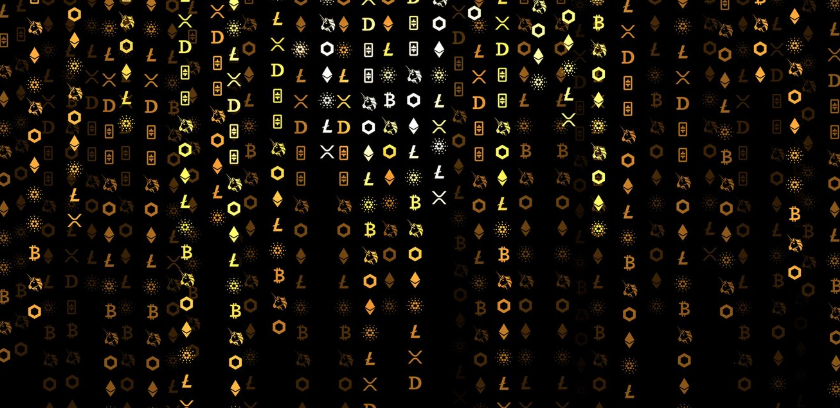The rapid proliferation of AI-generated media – from stunning visuals and compelling text to entire musical compositions – has thrown a fascinating, yet complex, curveball into the realm of intellectual property. As we continue to blur the lines between human and machine creativity, a critical question emerges: who owns what in the age of AI-generated content? This isn’t just a legal quagmire; it’s an ethical frontier that demands careful consideration.
Traditionally, copyright law is built on the foundation of human authorship. A work must be an “original work of authorship” created by a “human being” to qualify for protection in many jurisdictions, including the United States. This core principle immediately creates a significant challenge when a machine, an algorithm, is the primary producer of a creative work.
The Contenders for Ownership
When an AI churns out a masterpiece (or even a mundane memo), several parties could potentially lay claim to ownership:
- The AI User/Prompter: This is often the most intuitive assumption. If you input a detailed prompt into an AI art generator or provide specific parameters for a text model, aren’t you the creative force guiding the AI? Many AI tool terms of service actually state that the user owns the output, provided they comply with usage guidelines. However, the degree of human “creativity” in a prompt can be a grey area. Is a simple text prompt enough to claim authorship, or does it require significant post-production editing or iterative refinement? Courts in some countries, like China, have started to lean towards recognizing user copyright where there’s clear human intellectual effort in guiding the AI.
- The AI Developer/Company: The creators of the AI software and models invest immense time, resources, and ingenuity into building these sophisticated tools. Some argue that their intellectual effort in designing and training the AI should grant them ownership over the outputs. However, legal frameworks typically distinguish between owning a tool and owning the work created with that tool. The AI company generally owns the copyright to the AI software itself, but this doesn’t automatically extend to every piece of content the AI generates.
- The AI Itself: This is a more philosophical, and currently legally untenable, position. AI is not yet recognized as a legal entity capable of holding rights. While advanced AI systems can generate content autonomously, they lack the “human” element of intent, consciousness, and expression that current copyright laws require.
- The Original Data Set Creators: A significant ethical and legal concern revolves around the training data used by AI models. Many generative AIs are trained on vast datasets of existing works – images, texts, music – which may include copyrighted material. If an AI generates content that significantly resembles or is directly influenced by copyrighted works in its training data, does this constitute infringement? And should the original creators whose work contributed to the AI’s “learning” be compensated or recognized? This is the core of ongoing lawsuits, such as those against Stability AI by Getty Images, challenging the ethics and legality of using copyrighted material for AI training without explicit permission or licensing.
The Murky Waters and Emerging Trends
The lack of clear legal precedents means we’re navigating largely uncharted territory. Here’s what we’re seeing:
- “No Human Author, No Copyright”: In many jurisdictions, including the U.S. Copyright Office, if a work is deemed solely created by an AI with no significant human creative input, it may fall into the public domain and not be eligible for copyright protection.
- Emphasis on Human Involvement: The more a human artist or creator contributes creatively to the AI-generated output (e.g., extensive prompting, significant editing, combining AI elements with human-created elements), the stronger their claim to authorship becomes.
- Terms of Service are Key (for now): For users, the terms of service of the AI platform you’re using are crucial. They often dictate who can use, sell, and claim rights over the generated content.
- Calls for New Legislation: Governments worldwide are grappling with this issue, with discussions underway in the U.S., UK, and EU to update copyright laws to specifically address AI-generated content.
- Ethical Guidelines Emerge: Beyond legal frameworks, various organizations are developing ethical guidelines for AI use in media, emphasizing transparency (labeling AI-generated content), accountability, and addressing potential biases or the unauthorized use of existing works.
The Path Forward
The “who owns what” debate in AI-generated media is far from settled. It highlights the tension between fostering innovation and protecting creators’ rights. A balanced approach will likely involve:
- Clearer Legal Definitions: Adapting copyright law to account for varying degrees of human and AI involvement.
- Transparency: Mandating disclosure when AI has been used to generate content.
- Fair Compensation Models: Exploring mechanisms to compensate artists whose works are used to train AI models.
- User Responsibility: Emphasizing that users of AI tools bear responsibility for ensuring their outputs do not infringe on existing copyrights or perpetuate harmful biases.
As AI continues to evolve, so too must our understanding of creativity, authorship, and ownership. Navigating these ethical waters thoughtfully will be crucial for building a future where both human and artificial intelligence can thrive creatively and responsibly.


